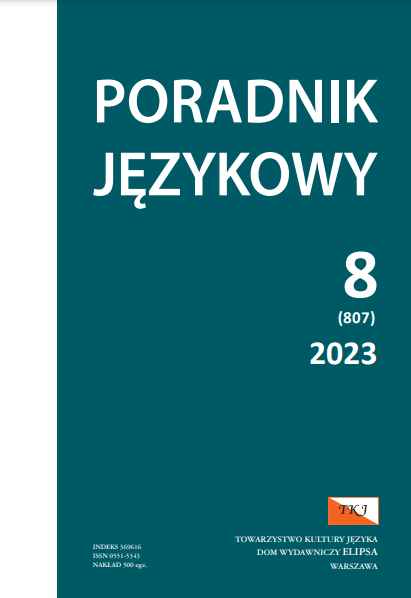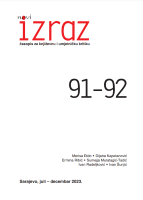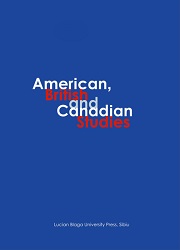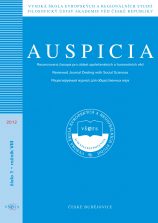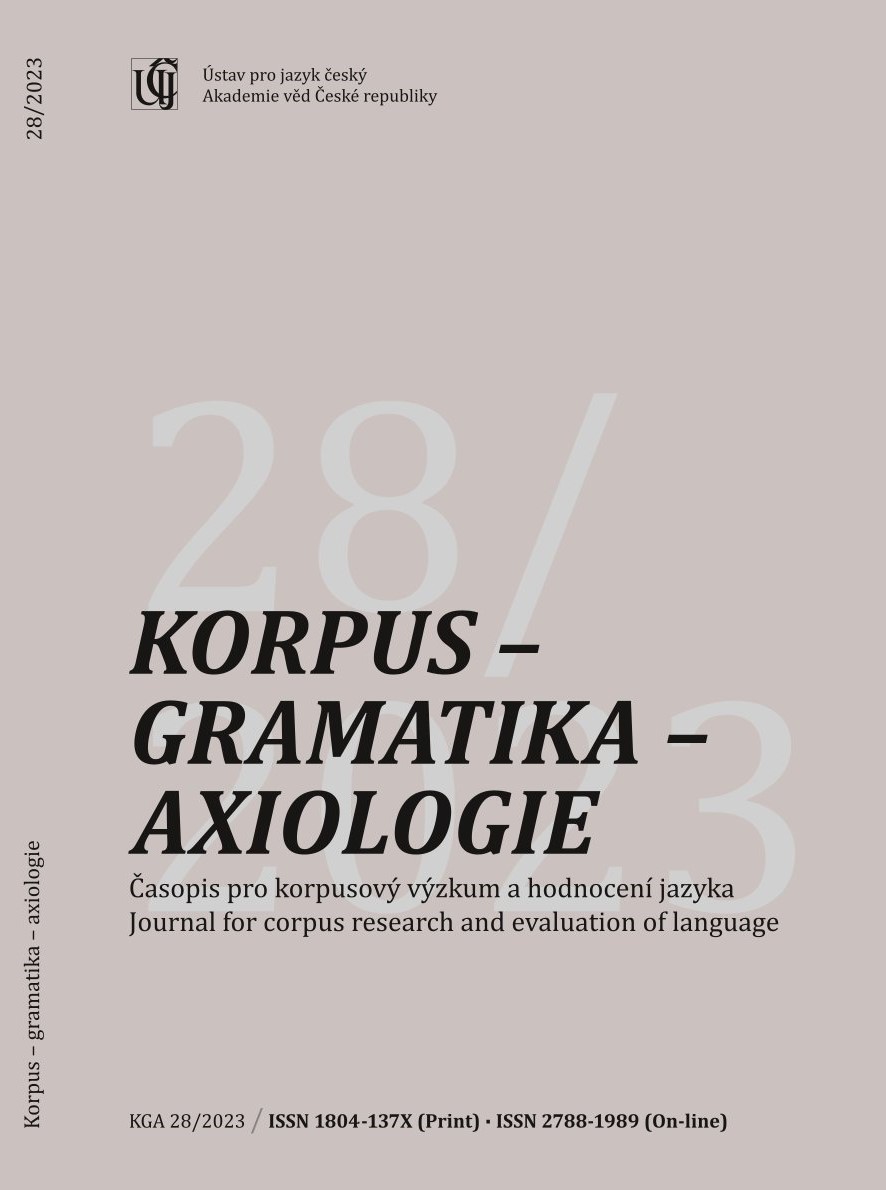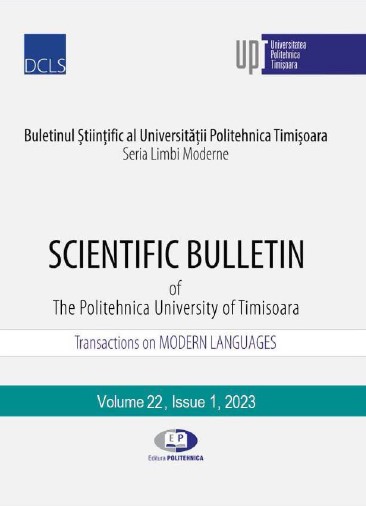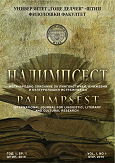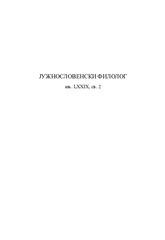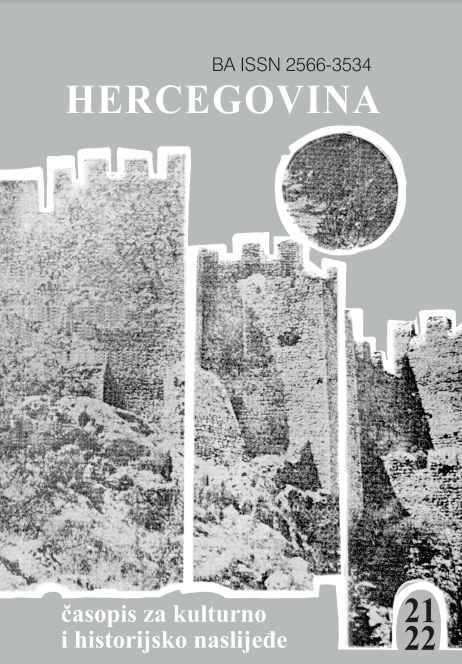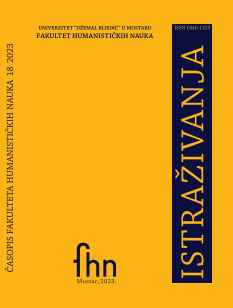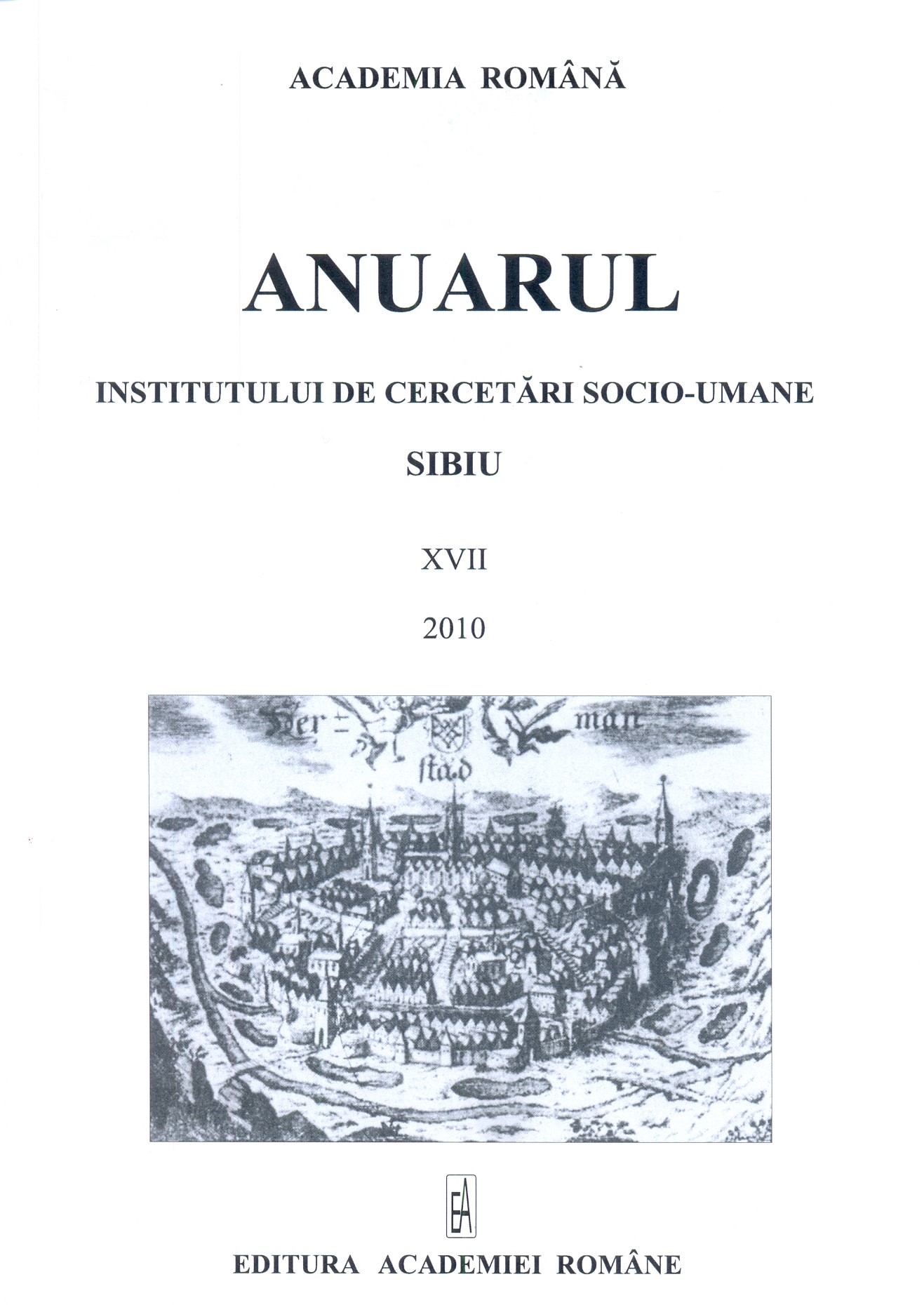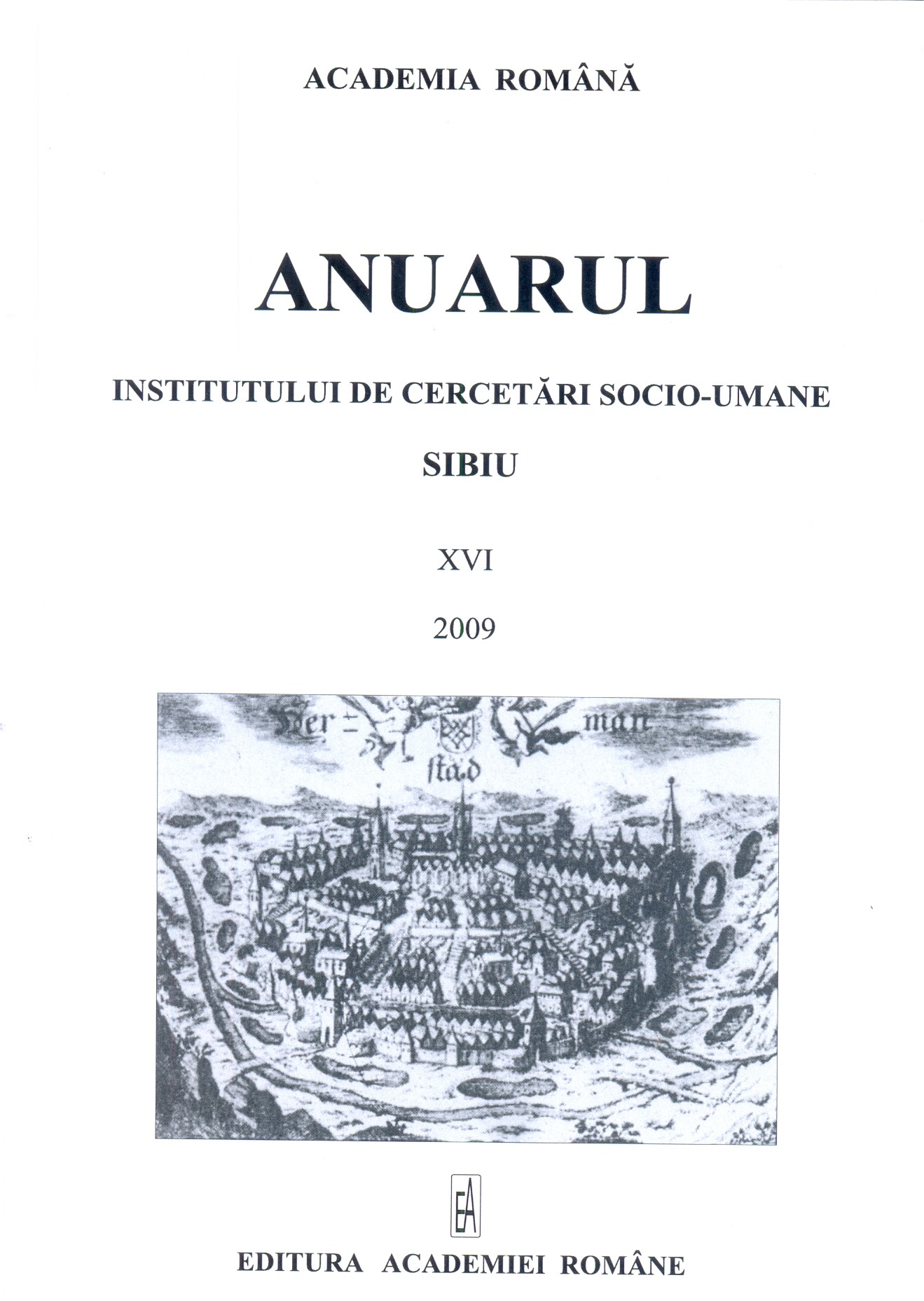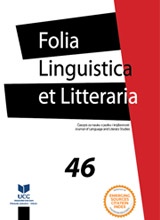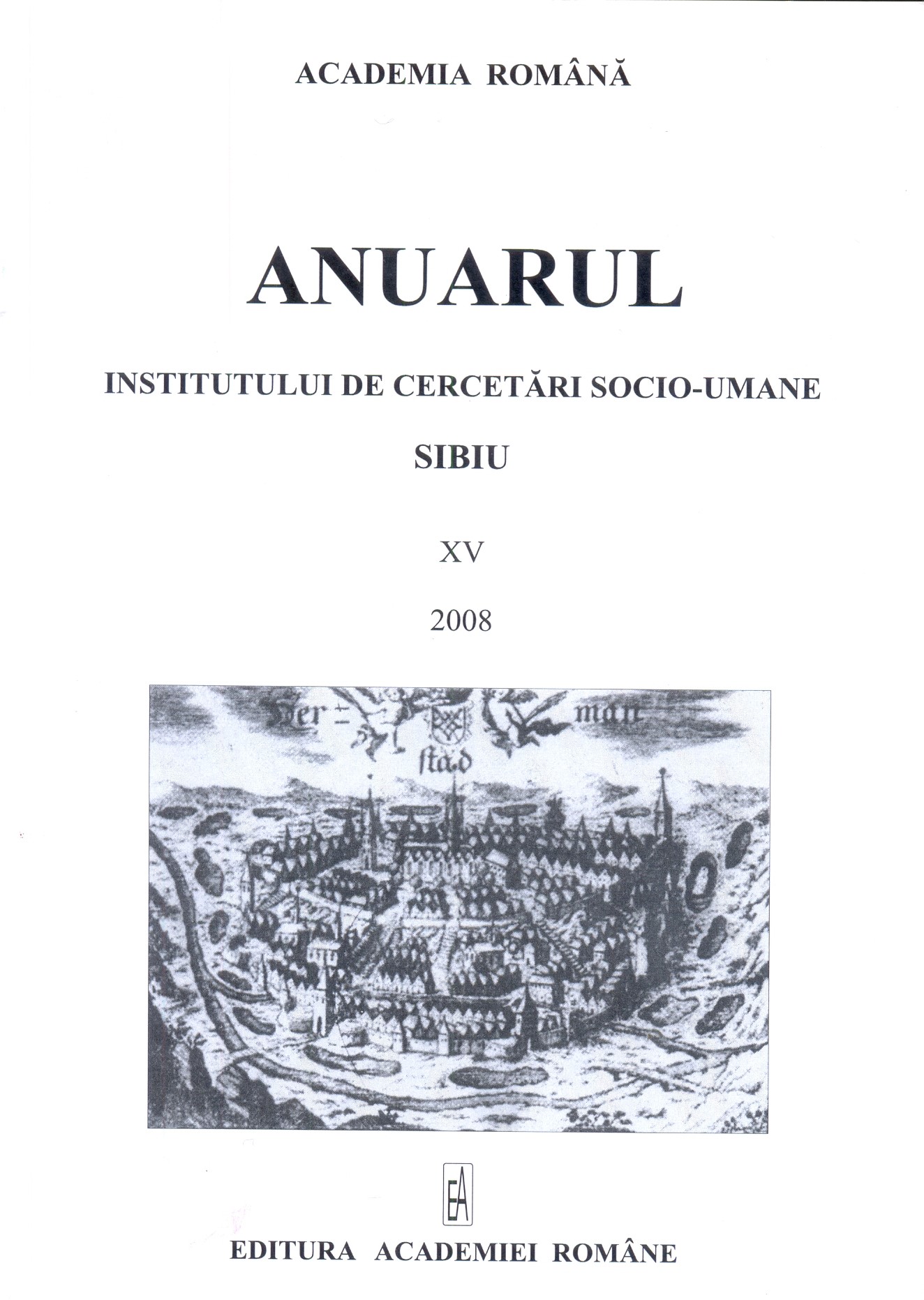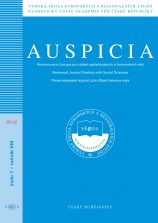
Skandál metafory Umberta Eca
The article analyses Umberto Eco's philosophical view of metaphor in his essay The Scandal of Metaphor, based mainly on the interpretation of Porphyry's tree and the disharmony between encyclopaedic and dictionary entries with reference to Aristotle's theses, and tries to provide an analysis of Eco's background and ideas about the role of metaphor in the development of knowledge against the background of contemporary philosophical, linguistic and psychological approaches to metaphor. The focus is not on Eco's literary output, but on his actual linguistic reflection on metaphor.
More...
